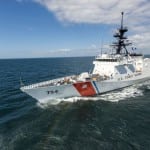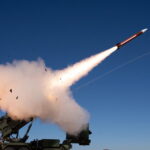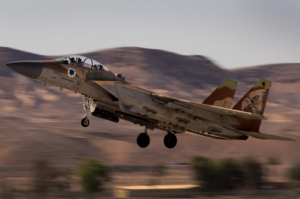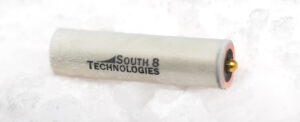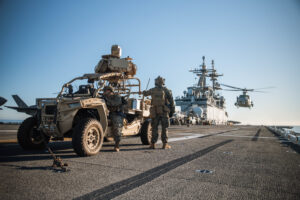
To contend with the growing threat to naval and commercial vessels operating at sea from hostile unmanned aircraft system (UAS), an innovation arm of the Defense Department is soliciting proposals for “technically mature” maritime counter-UAS (C-UAS) capabilities to defeat large drones. The Defense Innovation Unit (DIU) last Friday said its Counter NEXT effort seeks kinetic defeat capabilities against Group 3, 4, and 5 UAS, which covers all drones with a maximum gross take-off weight greater than 55 pounds. High-powered microwave…

 By
By 